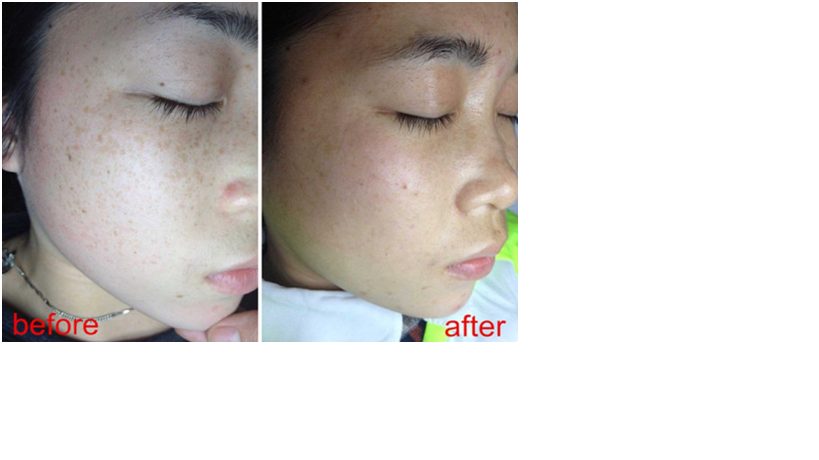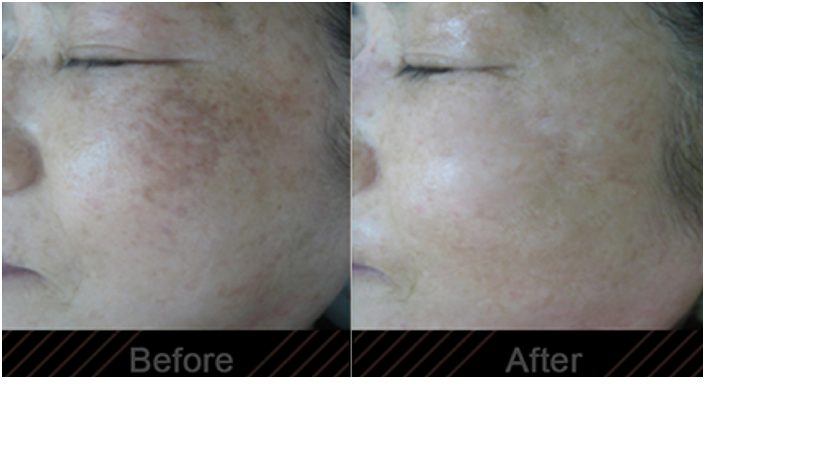8-Point Facelift
What is an 8-Point Facelift?
The basic analysis and principles behind the 8-point facelift were developed by Dr. Patel’s Brazilian colleague, Dr. Mauricio de Maio. We have taken his principles, studied the famous models of yesteryear and today, and improved upon them to give our patients the desired results whilst minimizing costs. Dr. Patel has lectured on this analysis internationally:an analysis of the aging face has shown that there are definitive sites where the use of fillers gives the best results with a congruous and natural-looking face. These eight sites are as follows:
1. Zygomatic Arch
2. Malar Prominence (“Model’s Cheeks”).
3. Lower eyelid hollows and medial maxillary area
4. Nasolabial fold
5. Melolabial fold, chin and corner of the mouth (with or without lips)
6. Pre-jowl sulcus
7. Jawline
8. Pre-auricular region
In some patients, fillers may be used in the glabellar area and to give brows a fuller, more elevated look. This addresses the upper third of the face rather than what is traditionally described as a “facelift”.
What are the advantages of the 8-Point Facelift?
Most of the fillers used today are in an ad hoc, willy-nilly manner with a machine-gun approach as in “I think we will fill this a little, and then that a little, and further up even more”. This gives the dreaded “pillow-faces”, “duck-lips” and “chipmunk look” that we all see all too frequently. By using a systematic and methodical approach to the changing face with specific areas being addressed, a very natural looking appearance may be achieved. Not all the sites need injecting, but an analysis of the different sites and their relationships gives one a chance to achieve beauty without an “injected look”.
It should be remembered that the methodical approach to the 8-Point Facelift gives a template but we never blindly follow the guidelines. Every face is analyzed with a view to achieving maximal results with the smallest amount of filler. We don’t believe in template plastic surgery and always individualize the treatment with drawings and notes so we can continue to give you an improvement and maintain your results over time.
What is achieved with the 8-Point Facelift?
- Cheek bones appear lifted (without the chipmunk look)
- The cheek arches are more prominent with a natural and pleasing hollow below the zygomatic arch
- The hollows under the eyes are diminished
- The lines from the nose to the mouth and the mouth to the chin are reduced
- The corner of the mouth is lifted (this is done with fillers and botulinum toxin into the depressor angularis oris to improve the frowny look which comes with age, time, and life)
- The pre-jowl sulcus (or hollow) is reduced and the jawline is strengthened to give a stronger and straighter line (“the Jolie jaw-line”)
- The hollows that naturally occur in front of the ear are improved and the vertical part of the jawbone is accentuated
How does the 8-Point Facelift work?
Aging causes the deeper structures that support the skin to become lax and they “wilt”, together with loss of dermal collagen, subdermal fat and deeper fat. The muscles often tighten to give snarls and frowns. Bu judiciously using fillers (ans sometimes botox), many of these changes can be reversed without any obvious external clues as to how this was achieved. The aim is to leave the face more relaxed and youthful without any of the stigmata of having had fillers or botox.
The fillers help to support the more superficial structures and give an effective lift to the superficial skin and dermis.
Are the Procedures in the 8-Point FaceliftPainful?
We use a number of techniques to make the procedures and treatments as painless as possible: the use of topical anesthetics, cooling devices, vibration techniques, etc. Mild discomfort is felt during some of the treatments. When addressing lips, we often use local anesthetic blocks to make the procedure very comfortable and effective. Furthermore, we often use cannulas to avoid the discomfort of needles.
When does one see Results with the 8-Point Facelift?
How Long Do the Results of the 8-Point FaceliftLast?
Can you combine other treatments with the 8-Point Facelift?
I have a wedding and a family get-together coming up. Can I have the treatments and look good for the occasions?
Will I bruise?
I don’t want to look like I have had fillers?
Unlike many clinics, we take a very conservative approach to the use of fillers. We keep the costs very affordable and only use enough to give you a result you can immediately appreciate. We never leave our patients “over-filled”. As we perform many facelifts, necklifts, browlifts, blepharoplasties, Hammock Lifts, etc, we are acutely aware of the anatomy and physiological changes that affect the face and use this knowledge to give you the best results. Dr. Patel operates upon and treats white Caucasians, Asians, Indians, Arabs, Iranians, and Africans and is therefore able to use his knowledge of the aging in different races to give them the best results.
I had a facelift and necklift some years ago and would like to improve my appearance but without further surgery. Is this possible?
What is the difference between botox and fillers?
SCHEDULE YOUR CONSULT TODAY
Chloasma (Melasma)
Chloasma (or melasma) is often called “liver spots”, pregnancy spots, or butterfly spots: yellowish-brown pigmentation is seen on the face with a butteryfly-type distribution on the cheeks (zygoma). Women are more often affected and associated with high estrogen levels in the blood. Because of this, this condition is seen during pregnancy, when taking oral contraceptives. Melasma is very susceptible to sun exposure or if local inflammation is induced (trauma, sun exposure, irritation, aggressive peels or aggressive lasers which generate heat).
Traditional treatments with intense pulsed light (IPL) give unpredictable results because IPL treatments generate local heat at the site of the treatments. Similarly, irritation caused by chemical peels can actually make melasma worse.
Using a combination of treatment parameters with the 1064nm wavelength and different delivery modes (carbon peel, double mode, etc), 4 to 6 treatments with the picosecond laser give good results. However, further maintenance treatments together with the use of appropriate topical pigment modulators is necessary. This condition requires great care and expertise on the part of the surgeon but yields very satisfying results.

results of Melasma reduction with the picosecond laser

results of Melasma reduction with the picosecond laser

results of Melasma reduction with the picosecond laser
